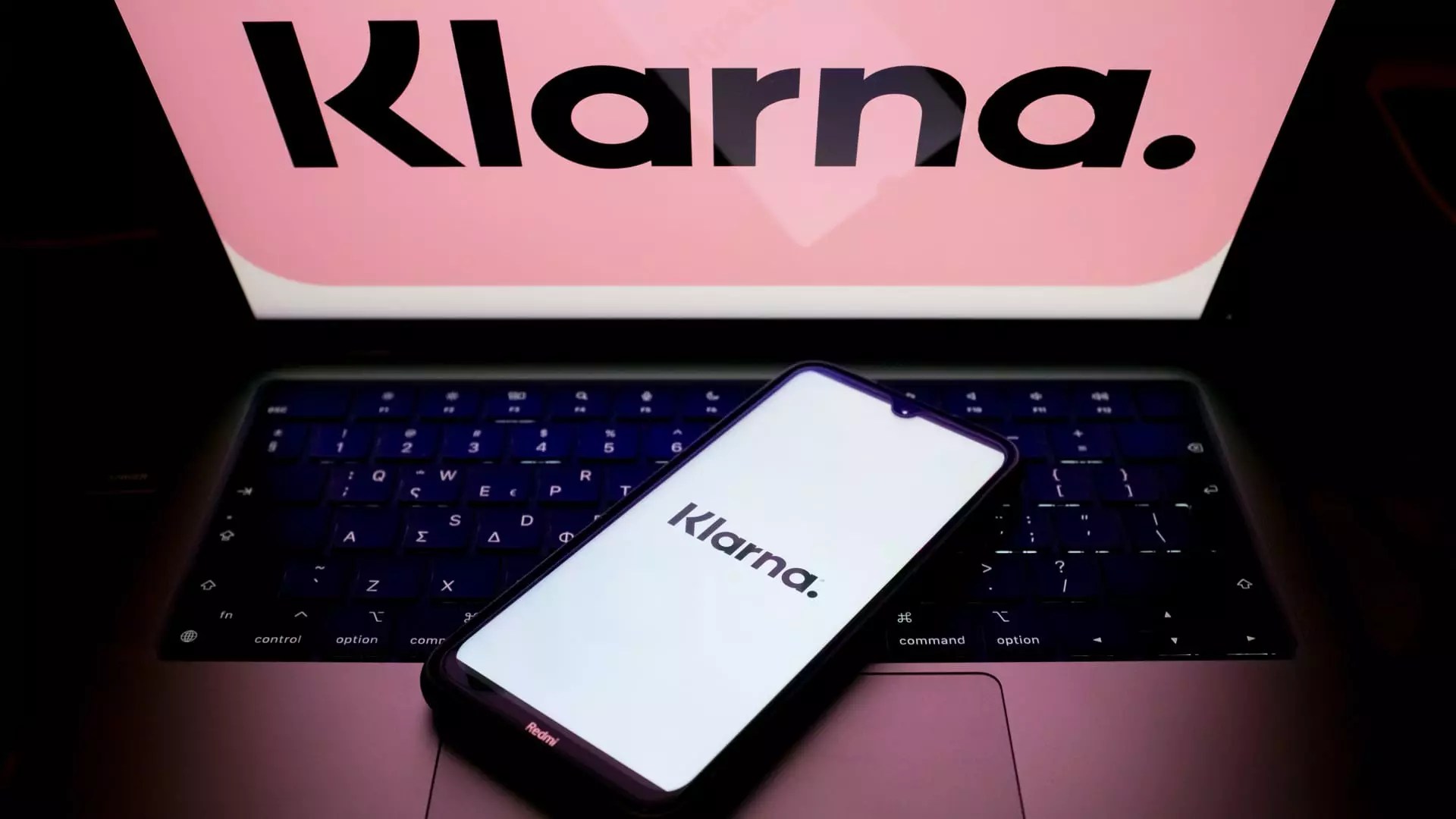Klarna, often branded as the epitome of the “buy now, pay later” (BNPL) model, is embarking on a significant strategic shift. The company’s recent announcement of a pilot program for its Visa debit card, dubbed the Klarna Card, underscores its ambition to metamorphose from the BNPL poster child into a comprehensive financial services provider. This move signals a bold attempt to diversify its portfolio and redefine its identity in a saturated fintech landscape. While Klarna’s BNPL services have gained immense popularity, reliance solely on this model poses a risk; economic fluctuations could threaten its viability. By expanding into the realm of debit cards and banking services, Klarna may just be ensuring its survival in an increasingly competitive marketplace.
Rethinking Consumer Financial Experiences
The introduction of the Klarna Card isn’t just about adding another product to its lineup; it reflects a fundamental shift in how Klarna envisions consumer interactions with financial services. CEO Sebastian Siemiatkowski’s aspiration to create an all-encompassing digital wallet, akin to a mix between PayPal and a traditional bank, highlights an evolution in the consumer financial experience. Customers today crave an integrated platform where they can manage their finances effortlessly, and a multifunctional debit card aligns perfectly with that desire. By offering features such as FDIC-insured deposits and the ability to toggle between payment options—from debit to BNPL—Klarna is not just selling a product; it’s transforming financial engagement into a seamless experience, a necessity in today’s fast-paced world.
A Compelling Challenge to the Traditional Banking System
Klarna enters the U.S. market with the formidable challenge of competing against banking giants like JPMorgan Chase and Bank of America. Moreover, the fintech upstart faces the agile challengers such as Chime, which have successfully captured a significant customer base. Traditional banks have long held the reins of consumer finance, but Klarna’s innovative approach signals a potential shake-up in the status quo. By leveraging technology and advanced payment systems, Klarna is poised to attract younger consumers disenchanted with conventional banking models. The skepticism toward traditional banks, fueled by a legacy of poor customer service and opaque fees, presents Klarna with a unique opportunity to capture market share by providing a user-friendly alternative.
The Implications of a Neobank Model
It is critical to understand what the emergence of the Klarna Card means for the broader financial ecosystem. The model of combining a debit card with BNPL features could redefine consumer behavior and expectations. However, there’s a double-edged sword here; while this innovation offers greater flexibility, it could also entrench a dependency on credit. The allure of “pay later” options may encourage consumers to prioritize short-term gratification over long-term financial health, echoing the patterns we’ve seen with BNPL usage. Klarna must tread carefully to ensure that its product offerings encourage responsible financial behavior rather than contributing to a credit-fueled lifestyle that may lead to greater financial woes.
The Road Ahead: Navigating Potential Pitfalls
Navigating the complexities of the U.S. regulatory landscape while expanding its service offerings will be crucial for Klarna. Although the company has secured a partnership with WebBank to provide FDIC-insured accounts, its lack of a regulated bank license could hamper its growth trajectory if regulators decide to scrutinize its business model more closely. Moreover, consumer trust remains paramount; repetitive issues with data security and fraud in the fintech space have left many users wary. For Klarna, building a reputation as a secure and reliable banking option is just as critical as innovating technologically.
As Klarna boldly ventures into uncharted territory with its new Visa debit card, it provokes thought on the future of consumer banking. Will its innovative spirit be a beacon for others, or will it be yet another case of style over substance? History shapes our understanding of financial disruption, making Klarna’s journey one worth watching as it may indeed redefine consumer expectations for years to come.

